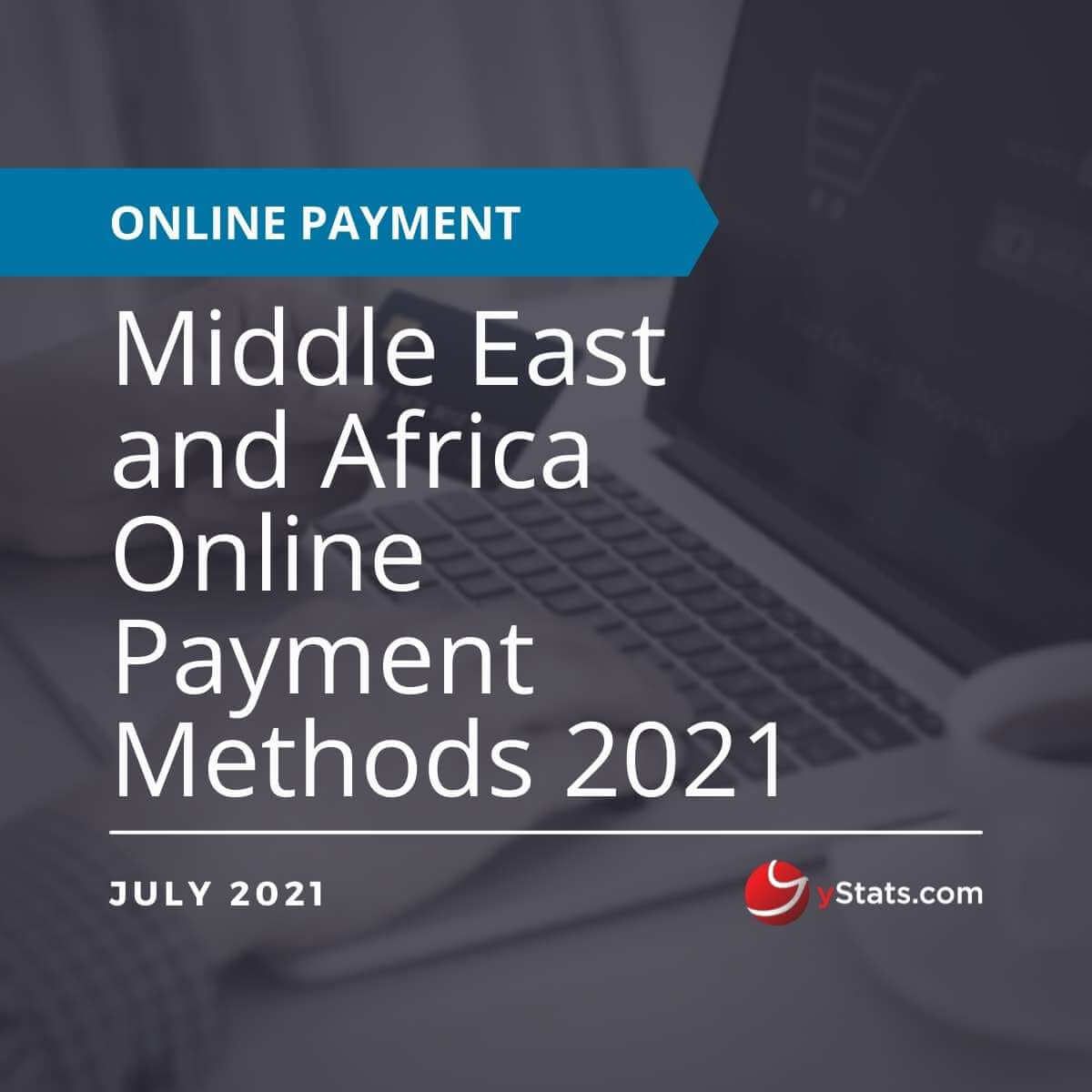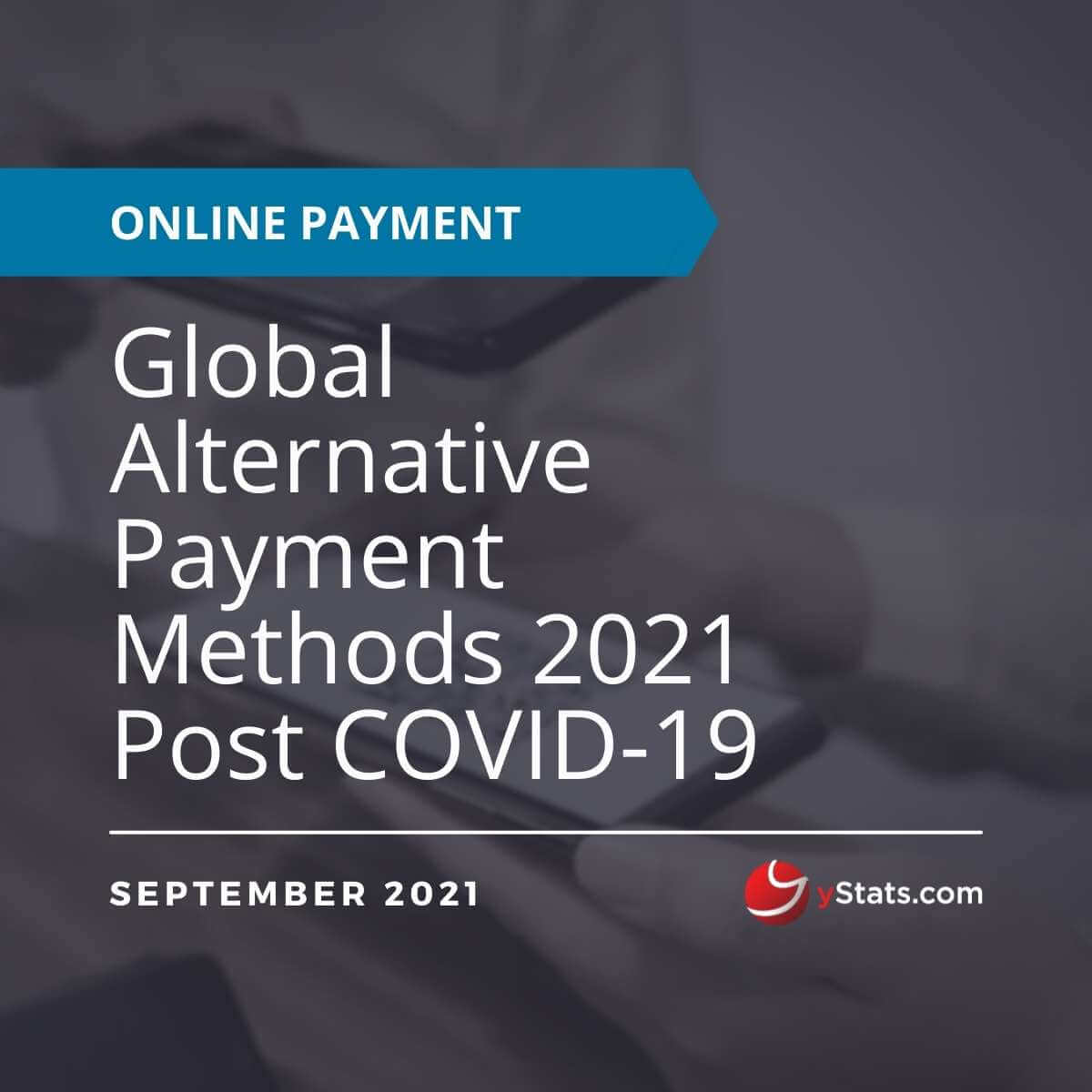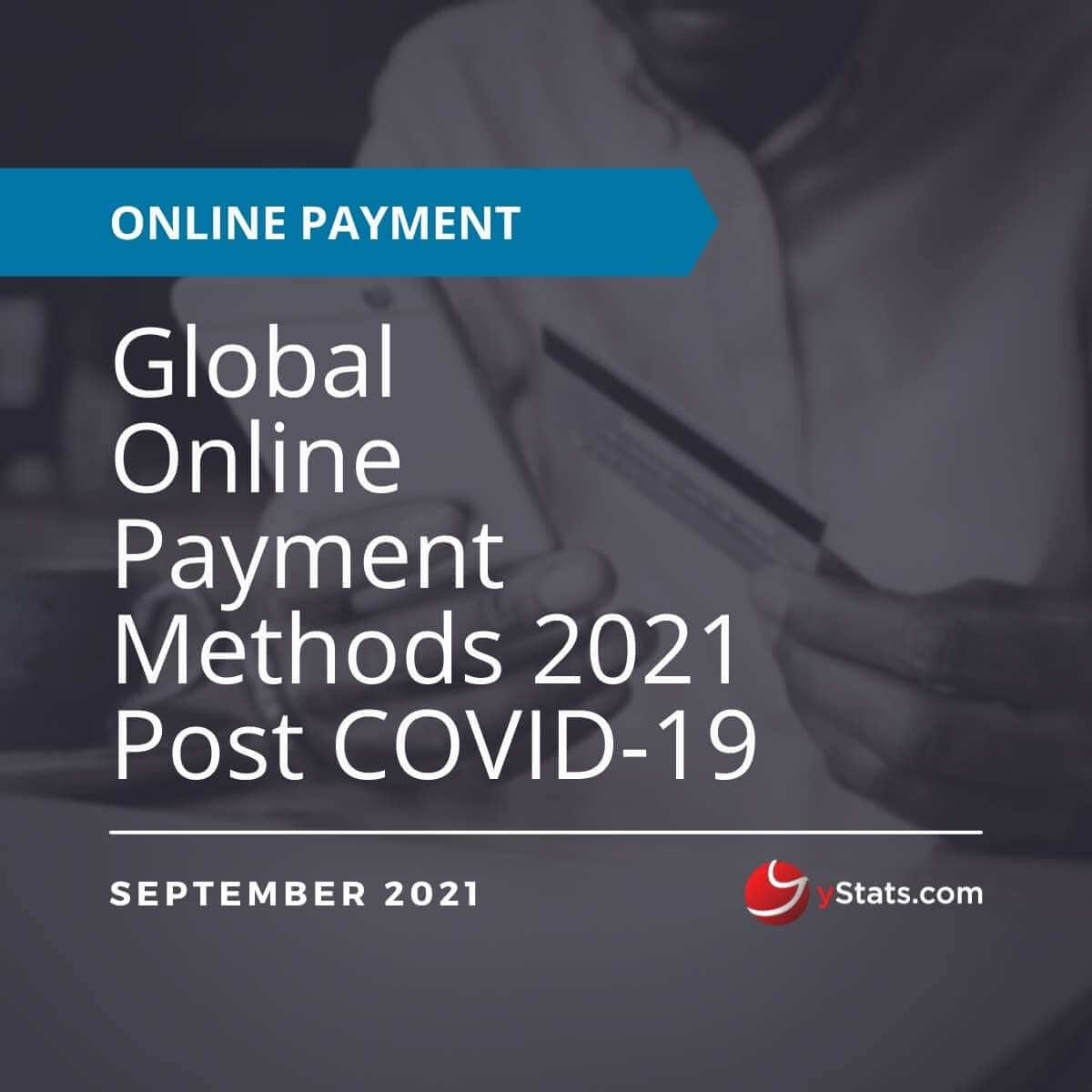Description
Countries Covered: Egypt, Israel, Jordan, Kenya, Morocco, Nigeria, Saudi Arabia, South Africa, UAE
Pages: 74
Publication Date: 15/07/2021
Questions Covered in the report:
- How did COVID-19 impact online and mobile payments in the Middle East and Africa?
- What was the usage change of mobile money in various regions in Africa during COVID-19?
- What are the top emerging payment methods to be used next year in Saudi Arabia?
- What were the value and volume of online payments made via Moroccan cards?
- What were the top forms of transactions made via smartphones in Israel in 2021?
Key Findings:
Middle Eastern and African shoppers progressively adopted online payments, especially post-COVID-19: new yStats.com report.
After the onset of COVID-19, electronic payments globally have been gaining momentum, encouraging consumers to learn more about them
The online payments industry worldwide continues to progress, especially strongly after the COVID-19 onset in 2020. Common payment methods remain credit and debit cards, preferred by 62% and 53%of consumers surveyed, respectively. Another common payment form – QR code, however, was projected to decline in share from nearly 50% in 2020 to 40% in 2025. This is due to the acceleration of features such as card acceptance via NFC smartphones that are to become easier to adopt. Another alternative payment technology gaining momentum currently globally is a cryptocurrency, as more and more consumers are warming to the idea of adopting this alternative payment form. Namely, over 60% of millennials became more open to cryptocurrency in 2021 compared to the year before and over 70% were interested in learning more about it. And despite the progress in alternate payment technology, cybercrime is still widespread in E-Commerce. The value of losses due to digital retail fraud was expected to increase to more than USD 20 billion in 2021.
Consumers in the Middle East and Africa progressively adopted online payments in 2020, considering using new emerging payment forms in the next year
The adoption of digital payments in the Middle East and Africa progressed in 2020 after the onset of the COVID-19 lockdown, encouraging consumers to change their payment and shopping behavior. Consumers in the region were open to trying new emerging payments such as cryptocurrency, biometrics, QR code, and others as these payment forms were fast, secure, and contactless. More than a half of consumers surveyed in the MENA region considered using cryptocurrency in the next year and over 60% of them were more open to using them than the previous year. With regard to shopping channels, the most preferred in MENA even after the relaxation of social distancing measures was “mobile phone/smartphone”, followed by PC and Tablet. In Africa, shoppers also adopted mobile payments considerably, namely, an increase in mobile money transaction volume in 2020 was seen all over the continent, with Eastern Africa dominating.
Generally, different factors impacted the online payment adoption in the various countries of the two regions. In UAE over 70% of consumers opted for online payments as a way to save money. In Saudi Arabia, shoppers mostly consider better prices when choosing online shopping platforms and only slightly above 30% of shoppers were concerned about contact-free payment options. In Israel, on the other hand, more than 50% of consumers preferred shopping online due to lower risks of COVID-19 infection in 2020.
In South Africa and Egypt, card payments were one of the most common payment forms. In the former country, the value of card payments is projected to increase through 2024, while in Egypt the number of issued electronic cards exceeded the 40 million milestones in December 2020.
Card payments were also popular in Morocco, where locally issued cards prevail over well-known international plastic in transaction value, which rose to over MAD 4 billion (about EUR 400 million) in the first 9 months of 2020, while online payments value with a foreign card declined compared to 2019, reaching slightly above MAD 225 million (over EUR 21 million) in the first 9 months of 2020.
Mobile payment is also an alternative method growing in acceptance in the Middle East and Africa. Namely, in Jordan, the mobile payment volume increased throughout the year, to total over 1 million transactions in December 2020. In Kenya also the number of mobile payments continued to grow and equaled over 60 million at the beginning of 2021.






